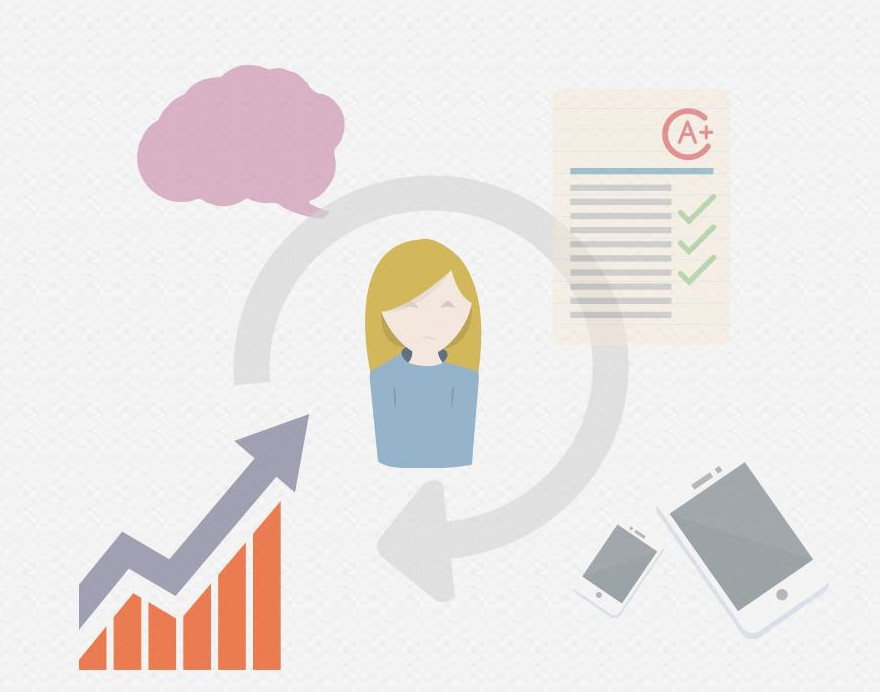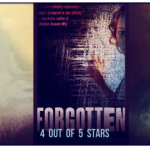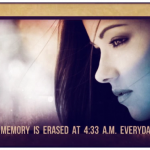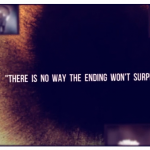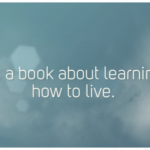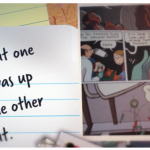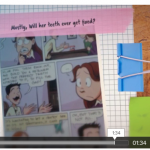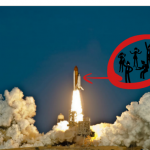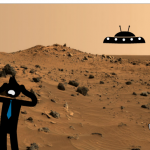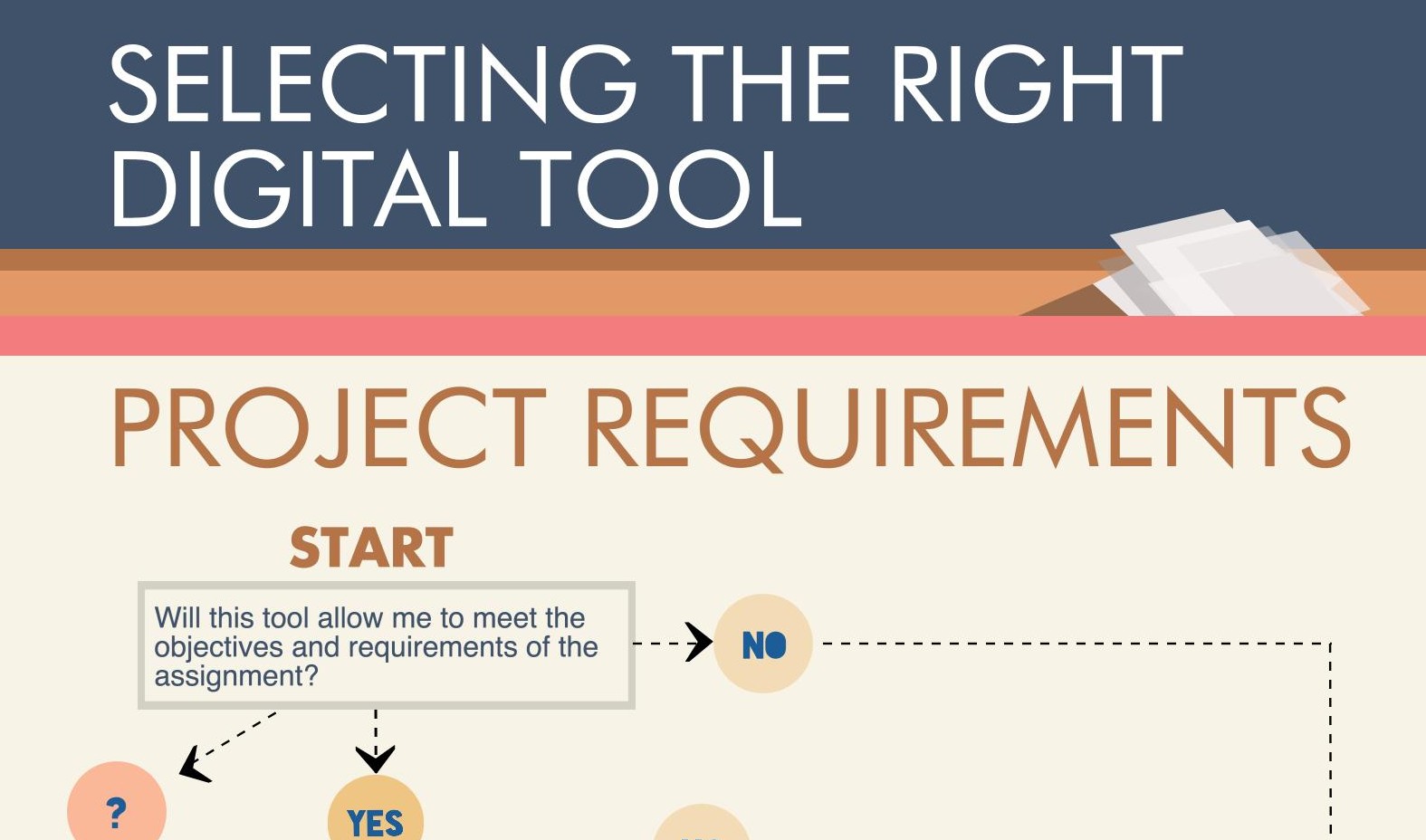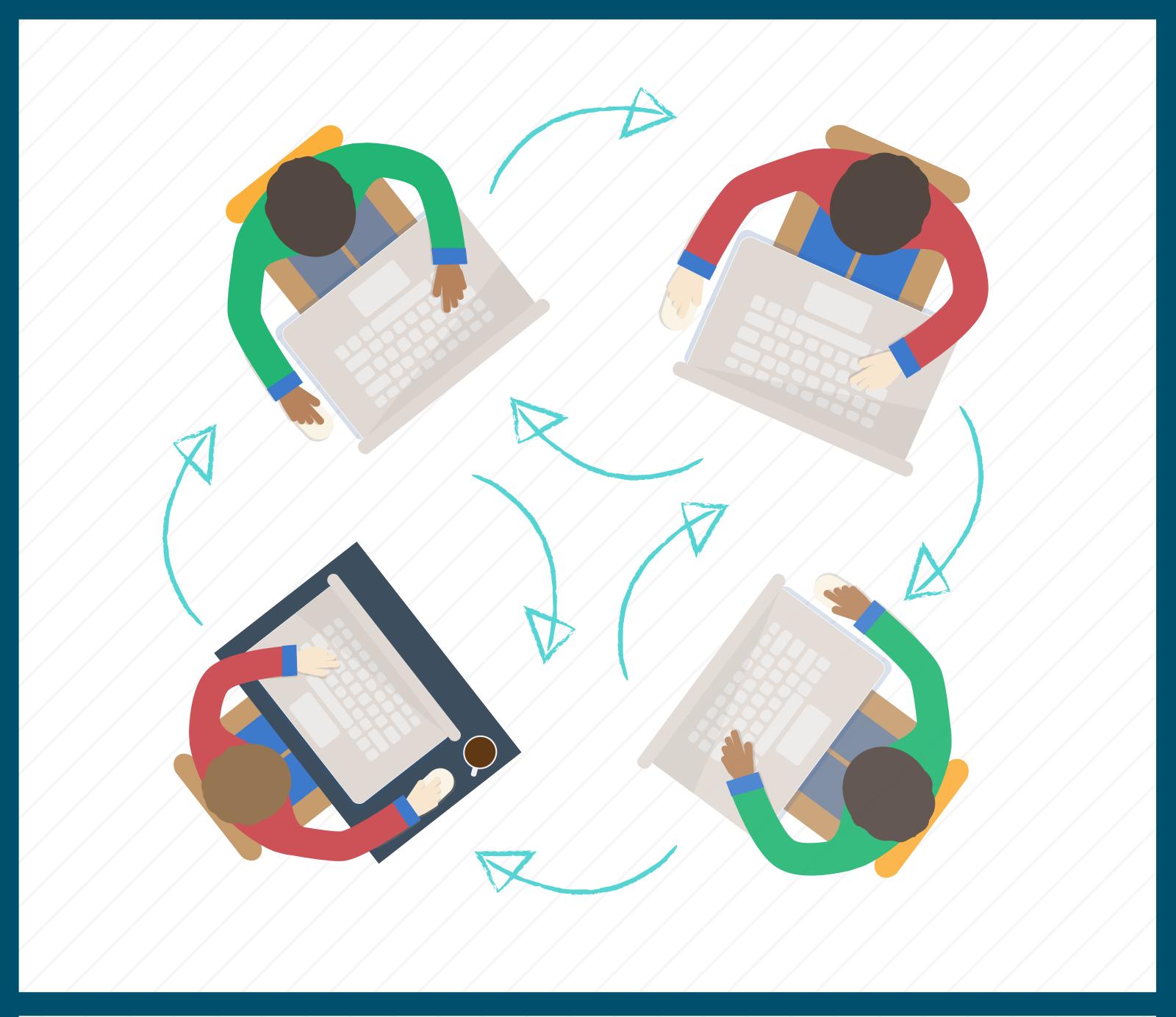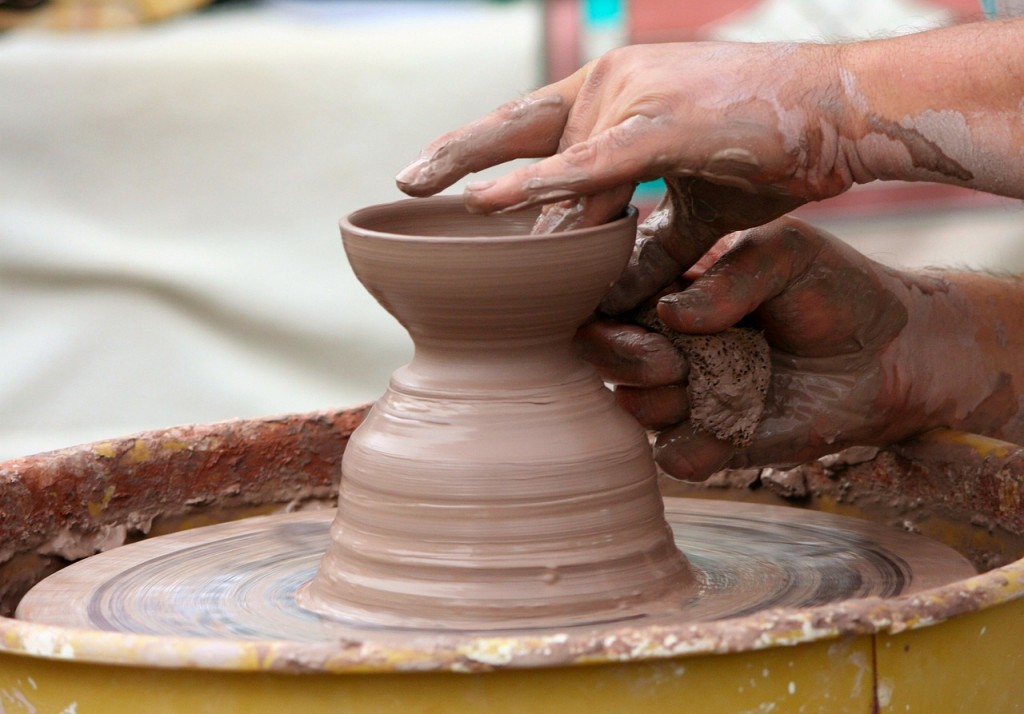
This week in my graduate studies, I looked at ISTE Teaching Standard 3 or “Model digital age work and learning.” The broad implications of this standard initially left me wondering where to start. The more I thought about it the more I realized that, in many ways, I have lived this standard over the past year. I investigated the following two indicators, with a focus on the audience of my peers.
- Demonstrate fluency in technology systems and the transfer of current knowledge to new technologies and situations
- Collaborate with
students,peers,parents, and community membersusing digital tools and resources to support student success and innovation
This school year has seen a major shift in my instruction. Due to the influence of my graduate studies, I have both experimented with and implemented more new ideas with technology, than ever before in my past seven years of teaching. While I have never felt behind in my use of technology, I have certainly never been ahead. Previously, digital tools have felt additive, as opposed to integrative. With new tools emerging all the time, I found myself overwhelmed. I viewed digital tools as finite tasks to master, instead of part of a larger pedagogical approach. As my own discovery of education technology has emerged and left my excited to share, I now wonder how I can become a leader in this field. What are the best methods for sharing my own shift in mindset and becoming a resource to fellow educators?
How can educators share and model successful and unsuccessful technology tools and ideas to colleagues in a manner that is useful, applicable, and trustworthy?
Collegiality
If I reflect on my lack of experimentation in past years, I am reminded that new ideas have been often shared with me in presentations at professional development settings. These have been static in nature, and rarely, ever collaborative. However, this year, that has changed. Learning and improving any practice doesn’t happen in isolation. While informal in nature, my collaboration with one particular colleague this year has resulted in impactful change for my students.
